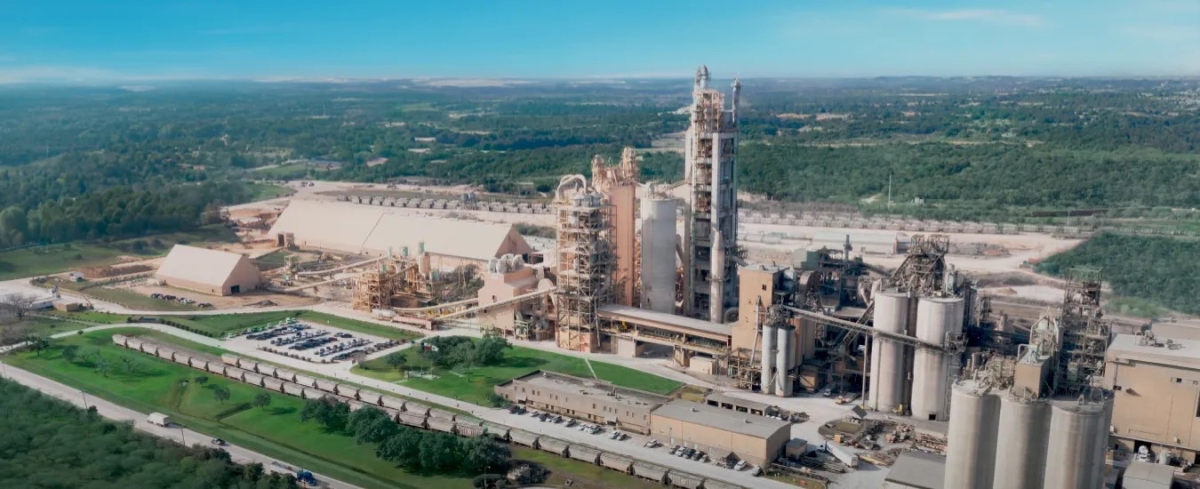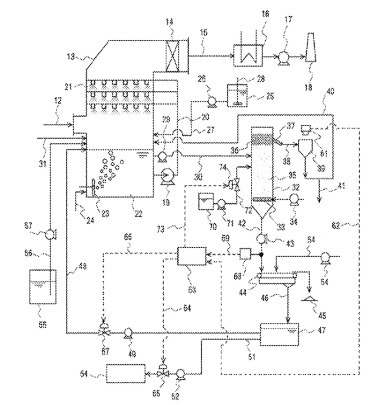Cemex successfully turns CO2 into carbon nanomaterials
Cemex has announced that it has successfully tested a process that converts flue gases emitted by the cement kiln into carbon nanomaterials, thereby transforming “bad” carbon into “good” carbon. Due to their unique mechanical, thermal, electrical, and chemical properties, carbon nanomaterials have several potential applications in a wide array of industries, from construction to biomedicine.
This technology was born out of Smart Innovation, Cemex’s internal open innovation platform, and was one of the winners of the 2019 innovation competition. Cemex’s Research and Development area continued to develop the concept. Recently, the team has achieved promising results, a carbon conversion rate of 50%, in a lab setting. The next step is to scale the technology in a cement plant pilot within a year. A key pillar of Cemex’s flagship decarbonization program, Future in Action, is discovering and investing in scalable technologies and innovations to achieve carbon neutrality.
“This breakthrough technology is significant for Cemex, not only because it offers the potential to commercialize carbon emissions, but because it demonstrates the value of our Smart Innovation platform,” said Fernando A. Gonzalez, CEO of Cemex. “The path to carbon neutrality will be built with innovation, and we remain committed to being at the forefront in developing new circular technologies and processes.”
Nanomaterials include high-tech materials such as nanofibers, nanotubes, graphene and carbon black, that have applications in several industries including electronics, automotive, refractory ceramics, agriculture, chemicals, pharmaceuticals, textile, and construction materials. Thus, the proposed technology can turn CO2 emissions into a value-added product, achieving a circular process that is key to sustainable development.
Cemex is exploring and evaluating different applications of carbon nanomaterials to develop cement-based materials with novel and advanced performance, such as mechanical, chemical resistance, or thermal and electrical properties. The novel properties also enhance the sustainable attributes of cement-based materials as the same CO2 emitted is used to improve the performance. Reintroducing CO2 emissions in the construction value chain would boost the industry’s contribution to the circular economy.





